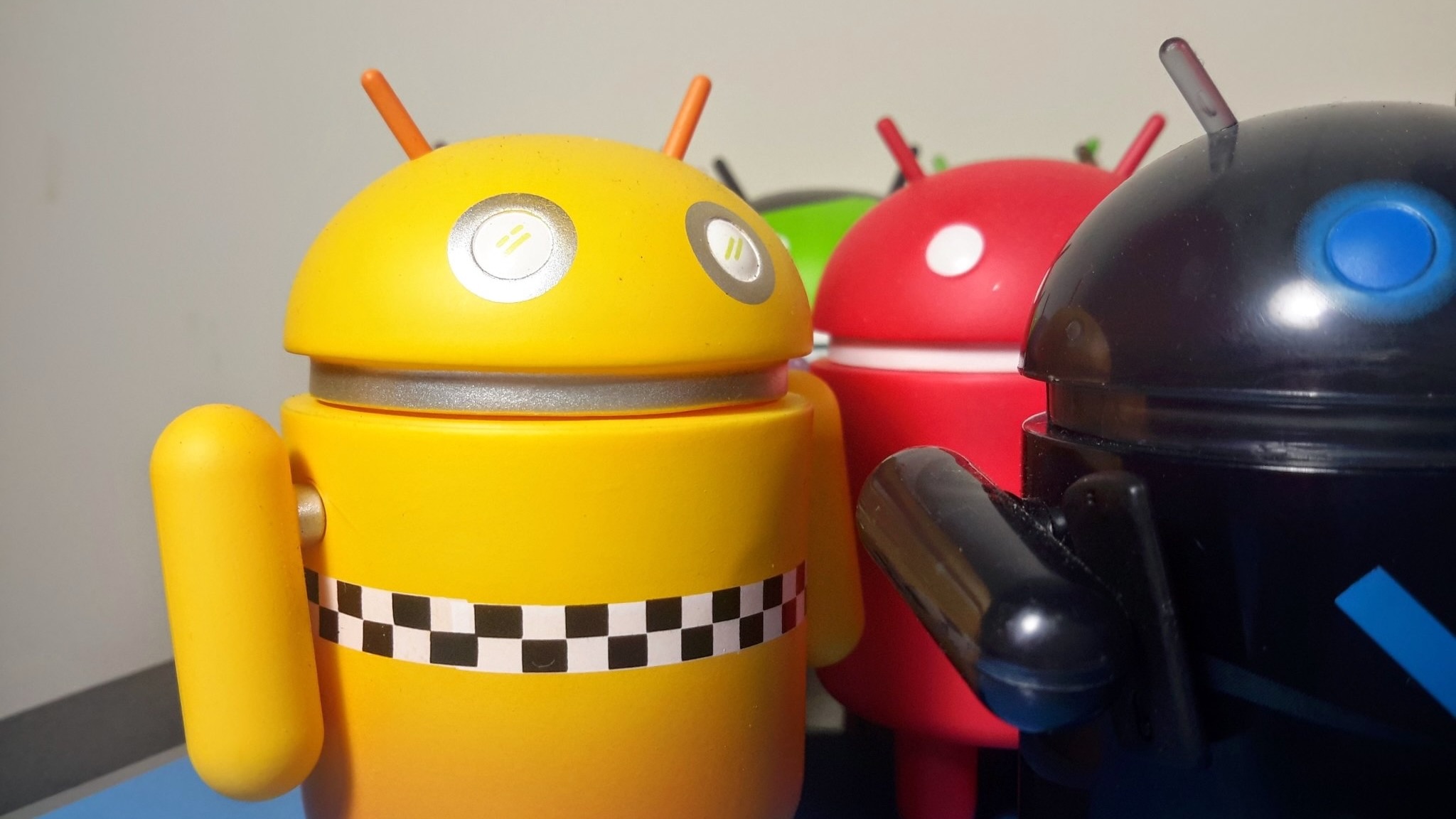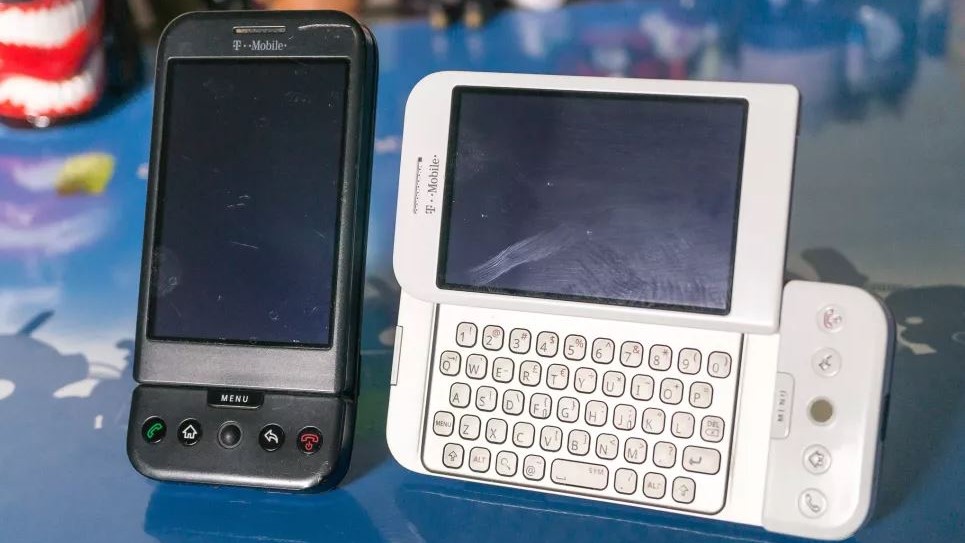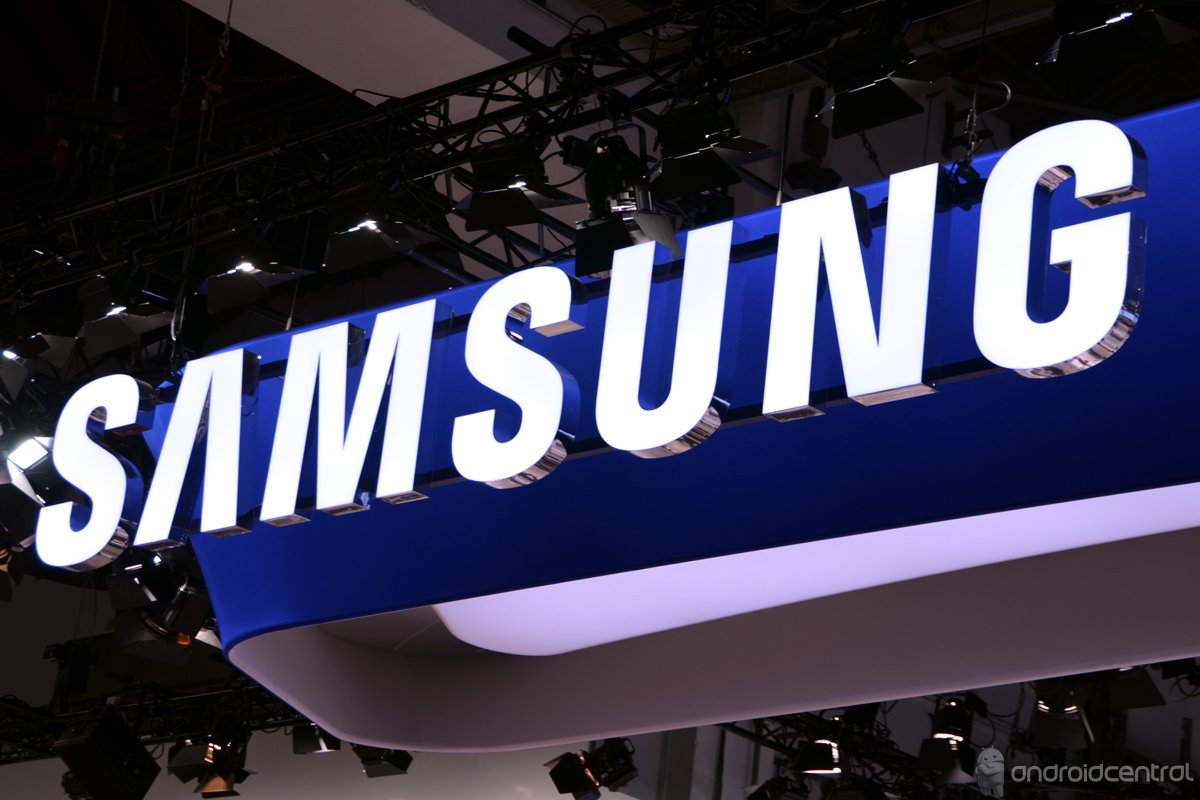The 'true' face of Android wears a Verizon ball cap
Can a bunch of source code actually have a face?

Over the years, a lot of words have been written about how Samsung is the real face of Android — I've done it myself. These days, however, I'm not so sure Android actually has anything like a face. If it does, though, it's wearing a Verizon hat.
Yes, this is another U.S.-centric article and has little to do with Europe, or Asia, or anywhere else, except it actually does. We're going to talk about why and how companies like Samsung were able to turn a buck by making Android phones.
Here's a short but sweet Android history lesson for those who might need it. The HTC T-Mobile G1, the first commercially availably Android phone, launched in the U.S. in October 2008. Other models soon followed, like the Sprint HTC Hero, the Samsung Momentum, and the Verizon Droid Eris. But nobody could have predicted what would happen after Verizon and Motorola launched the Moto Droid.
Actually, it was quite easy to predict.

The quick history lesson isn't complete without talking about the iPhone. Specifically, that Verizon couldn't have it. The iPhone was not the first smartphone, but it was the first smartphone that accumulated a following. People wanted an iPhone because it was cool, so they went to the AT&T store and overpaid for one.
Verizon was jealous of all those dollars and wanted a cool smartphone of its own and Google was happy to oblige. The rest, as they say, is history.
It is because of this history that phone manufacturers can satisfy our smartphone desires and needs — not just Samsung, and not only in the U.S., but all smartphone makers everywhere.
Get the latest news from Android Central, your trusted companion in the world of Android
Money is the 'root' of all things

The Moto Droid and its droooooooooooooid noises sold in numbers. Big numbers. It was very profitable for Verizon and Motorola. Was an exclusive phone locked to a single carrier that controlled every facet of the experience good for the Android ecosystem? In the short term, it was.
That's what makes Android different when compared to something like iOS or Windows. Google gives it away and lets any person or any company do anything to it. It's more of a recipe, consisting of millions of lines of code that has to be built by the person or company that wants to use it than it is a product.
Phone makers and carriers can do almost anything to Android. And they have. And it was profitable.
There are rules about what a company can do if it wants to include all of Google's services, and that's where Google makes back the money it spends to maintain all that Android source code. Yes, Android 13 only exists because Google can use it to make money using your data through its services. The same will be true of Android 14 and even Android 20 if we get that far.
This leaves room for companies like Motorola and Verizon to make money from more than just hardware sales and service plans. Just a few years back, if you bought a carrier-locked device, you would see tons of bullshit apps and services that the carrier used to make money. Money is the root of everything.
Samsung is run by some very savvy businesspersons. It knew it had to pull an even better rabbit than Verizon's Moto Droid out of its hat, and that is what birthed the original Samsung Galaxy S. There were different models made for many different markets, and carriers loved them because Samsung allowed actual garbage software from those carriers, like the AT&T Yellow Pages app or the Sprint Nascar service that nobody used. And the rest is history. Again.
This was an eye-opener for companies that could leverage relationships with component makers to build good products, sell them a lot cheaper than expected, and still have adequate profit margins. Oppo comes to mind here. Oppo has been a consumer electronics manufacturer for a long time, and it knew exactly how to min-max everything needed to build millions and millions of Android phones cheaply. And it's not the only company that could do it, which is why Asia gets all these great cool phones that are so inexpensive.
Companies like Oppo probably would have started making Android phones anyway, but seeing the runaway success of the Verizon Moto Droid showed how much consumers wanted to get a great smartphone in their hands. It acted as a kick in the pants to get these manufacturers moving.
Would we see more than 3 billion Android devices around the world if the Verizon Moto Droid hadn't been so successful? Maybe, but we don't have to guess because it was a real thing that happened. That ugly phone with its silly, horizontal, slide-out keyboard made money for every company that touched it and started a smartphone gold rush.
The rest is history. For real this time.

Jerry is an amateur woodworker and struggling shade tree mechanic. There's nothing he can't take apart, but many things he can't reassemble. You'll find him writing and speaking his loud opinion on Android Central and occasionally on Threads.
